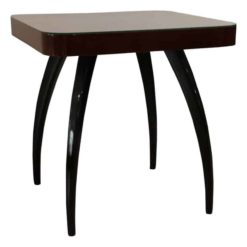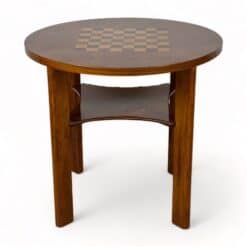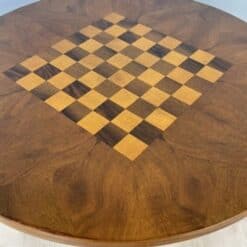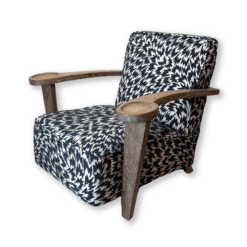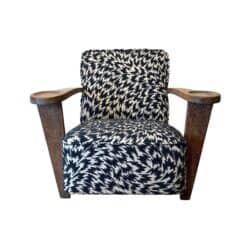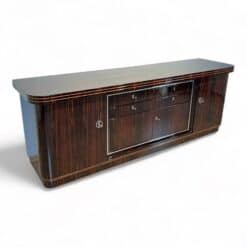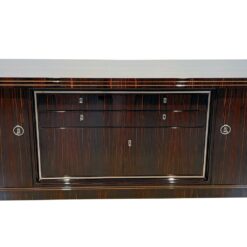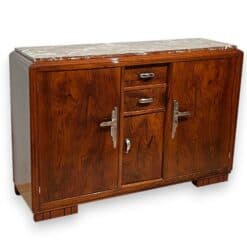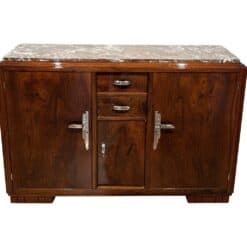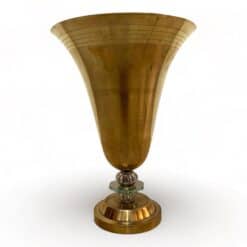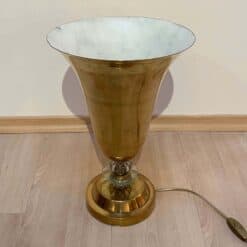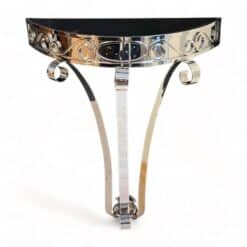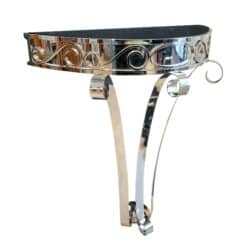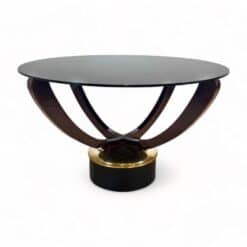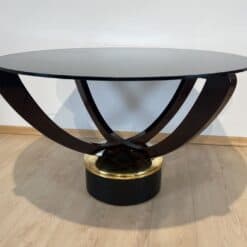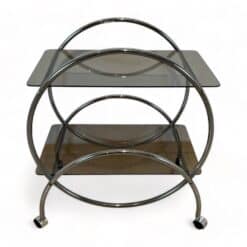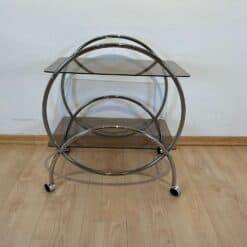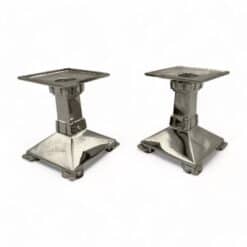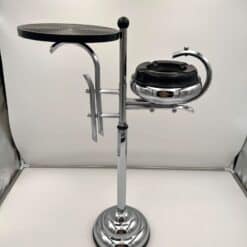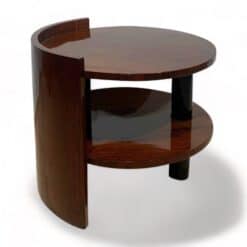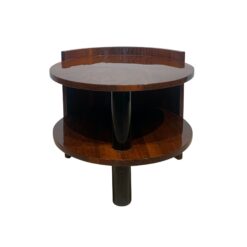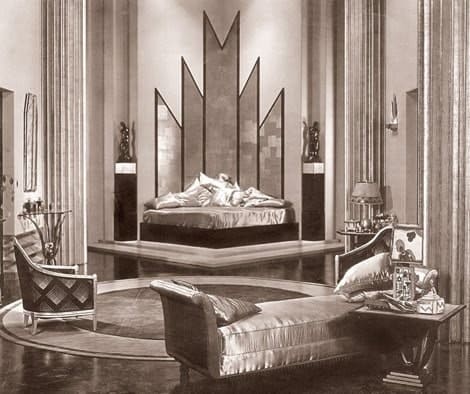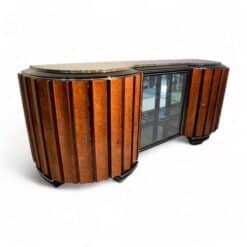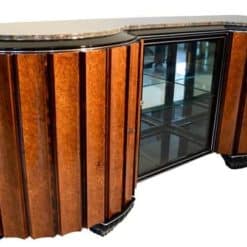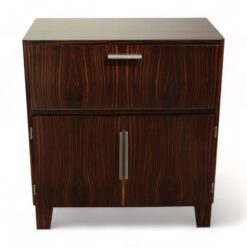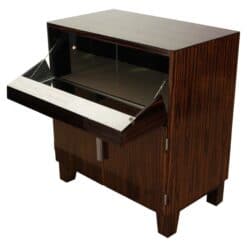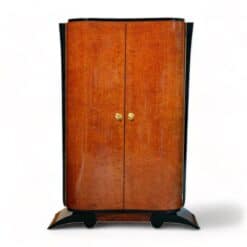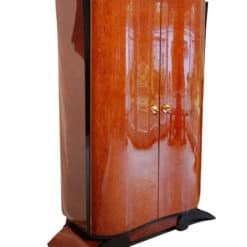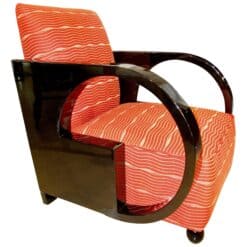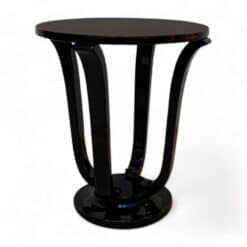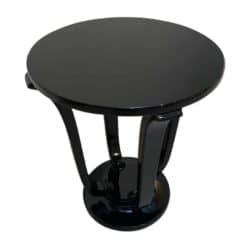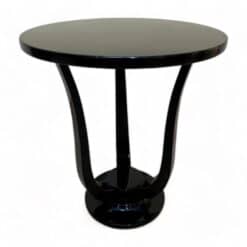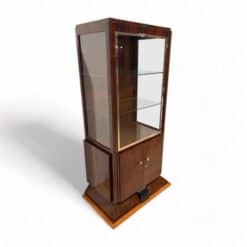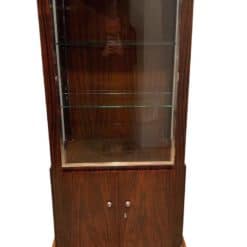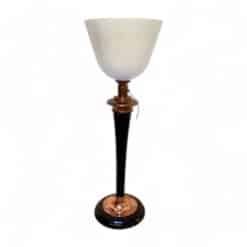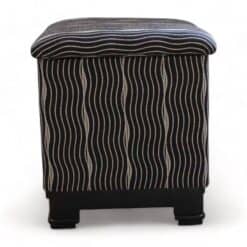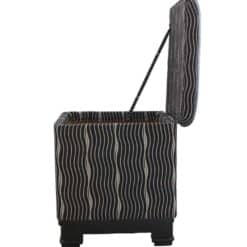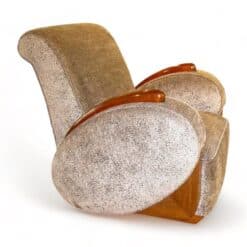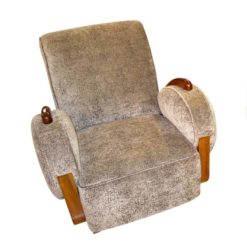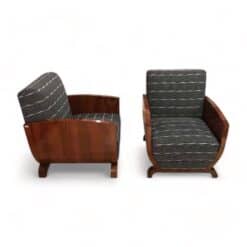Best Sellers
Styylish History
Art Deco Style Furniture History
Art Deco Style Furniture History
It’s been 100 years since this style emerged, but Art Deco style furniture remains a favorite for many. Now that the 2020s are here, it’s time to look at one of the most influential modern styles.
Before World War I, a new style of visual and decorative art emerged in France. It became known as Art Deco.
Short for Arts Décoratifs, this design debuted at Paris’s 1925 International Exhibition of Modern Decorative and Industrial Arts.
It reached nearly every aspect of society, from furniture to clothing to home appliances. Contemporary styles, exceptional artistry, and valuable materials typify this style.
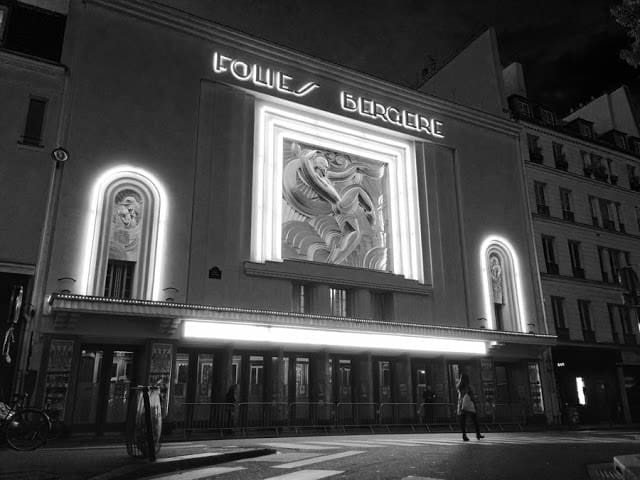
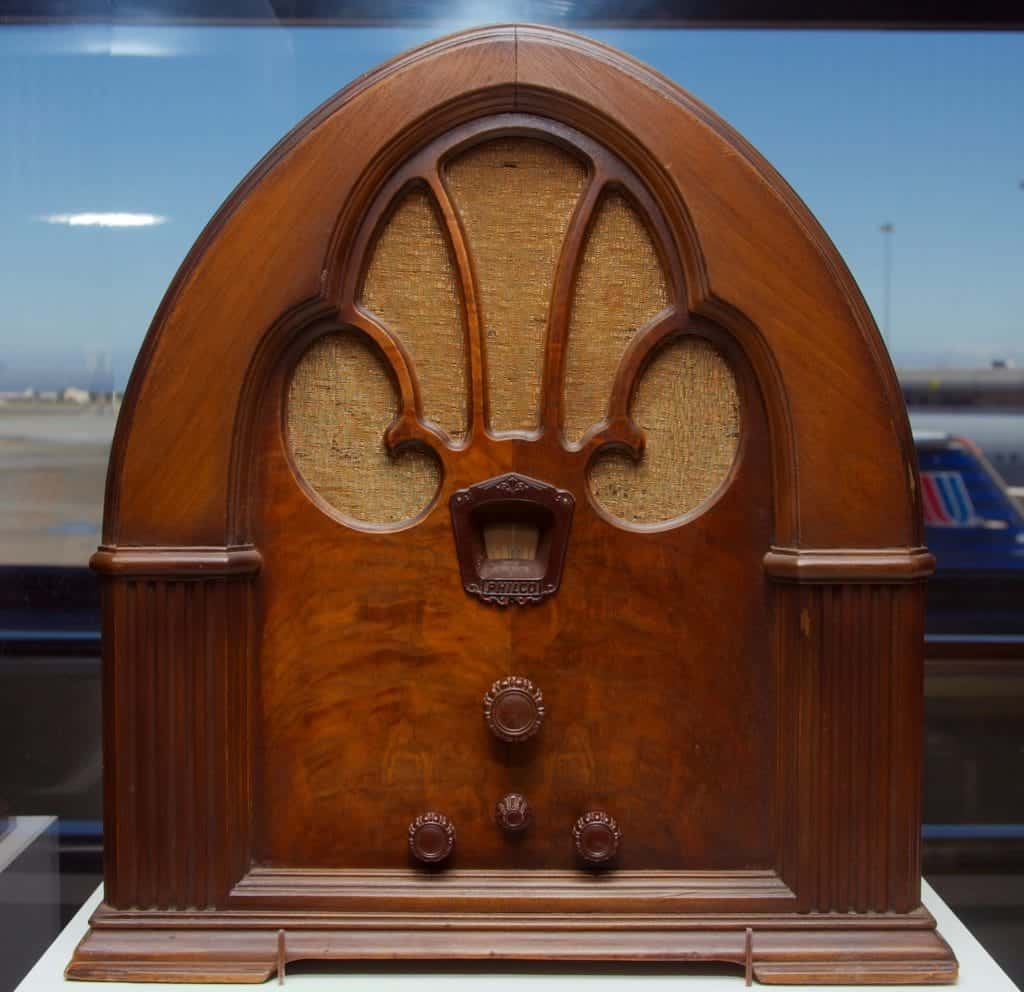
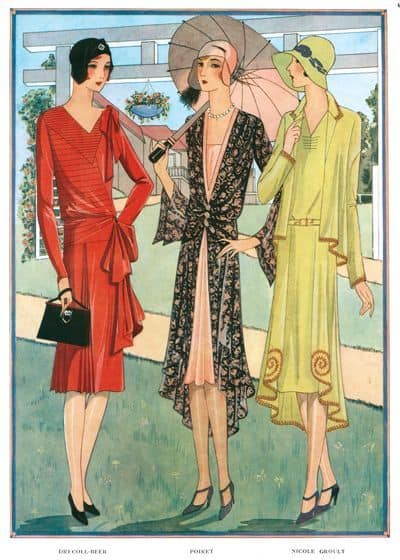
At its peak, Art Deco grew synonymous with indulgence, allurement, abundance, and trust in cultural and industrial advancement.
Art Deco style furniture, as well as other works, emphasized precious and costly materials like ebony and ivory. A return to precise craftsmanship became the norm for this period.
However, the global economic recession in the 1930s forced this style to transition to something more restrained.
Meanwhile, as many fell into financial hardships, designers opted for affordable materials like chrome plating, stainless steel, and plastic. The result was a sleeker version of Art Deco called Streamline Moderne.
Before the onset of World War II, Art Deco matured into an international style. But when war broke out, it fell out of favor and was replaced by purely functional, austere designs.
Origins of Art Deco Style
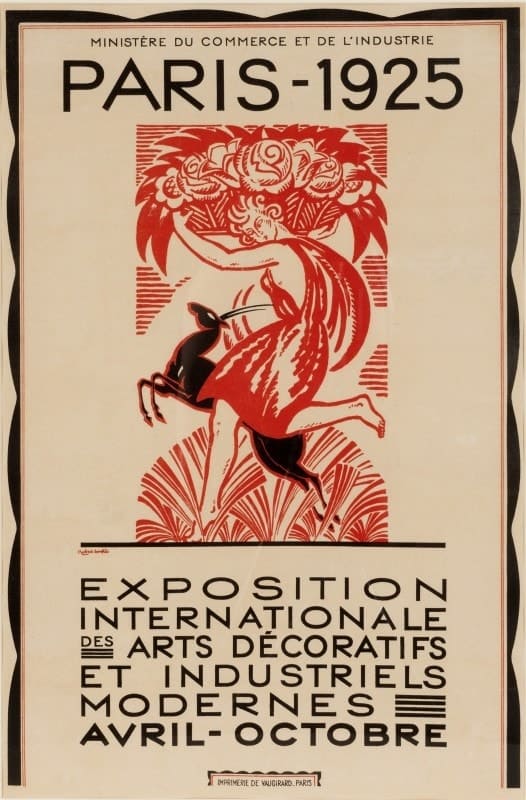
Art Deco consciously arose due to the efforts of several French artistic innovators called the Society of Decorative Artists.
This group pushed for innovation and modernity in the 20th century and avoided nostalgia.
Notable members included several designers that influenced Art Nouveau, including Eugene Grasset, Pierre Chareau, Francis Jourdain, and more.
Plus, the French government-backed the Society’s ideals and helped develop this course of this aesthetic.
The Society also aimed to confront the existing hierarchy of visual arts. During this time, decorative artists held a lower status than classical painting and sculptors.
As part of their plan, the Society planned for a large exhibition in 1914. Here, they would debut a novel form of decorative art.
However, the outbreak of WWI forced the group to postpone the exhibition. Finally, in 1925, the French government hosted the seven-month-long event in Paris.
During this time, more than 15,000 artists, designers, and architects showcased their works as well as 16 million visitors.
This event, the International Exhibition of Modern Decorative and Industrial Arts, launched Art Deco into the mainstream.
Characteristics of Art Deco Style Furniture
This style uses aspects of earlier designs, even contrasting ones, to create something modern. Additionally, Art Deco style furniture is easily recognizable because of several distinctive features that were in-style at the time:
- Detailed wood inlays
- Geometric, symmetrical lines and forms a la Cubism.
- Elongated and sweeping curves
- Vibrant colors, patterns, and prints
- Animal, v-shape, star, and sunburst motifs
- The Vienna Secession
- Vibrant hues of Fauvism and Ballets Russes
- Modernized takes on Louis Philippe I and Louis XVI style furniture
- Exotic characteristics from China, Japan, India, Persia, ancient Egypt, and the Mayans.
Art Deco’s first phase in the Twenties produced works evocative of the luxury and success many felt during this time.
One aspect of this style, specifically during the 1930s, is the use of motifs corresponding to a building’s function.
For example, theatres featured sculptures suggestive of music, dance, and activity. Power companies used surprises. The Chrysler Building, which typified Art Deco architecture, displayed stylized hood ornaments.
Furthermore, long, sleek curves added to a feeling that the piece was moving, giving a sense of motion to many designs.
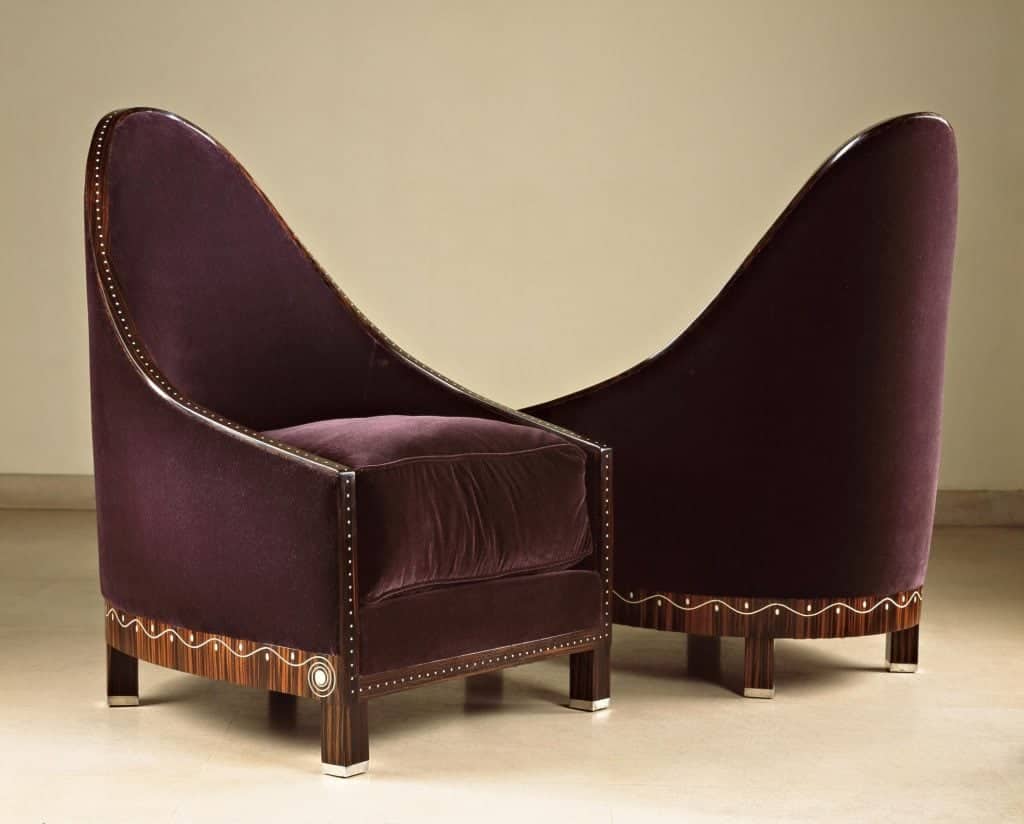
However, once many fell on hard times, designers focused less on the style’s opulent characteristics.
But even with more subdued designs, WWII left many feeling that Art Deco’s extravagance no longer suited the times.
Materials
Designers used many elements to create stunning Art Deco style furniture. Mirrors, high-gloss finishes, and exotic adornments resulted in many glamorous works.
Mirrored Furniture
Mirrors were still relatively expensive during the early 20th century and considered luxury items. But during the 1920s, the thriving economy prompted a greater interest in these goods.
Eventually, mirrored furniture became popular. To meet this demand, widespread production of coffee tables, desks, vanities, and other types of furniture made out of mirrors began.
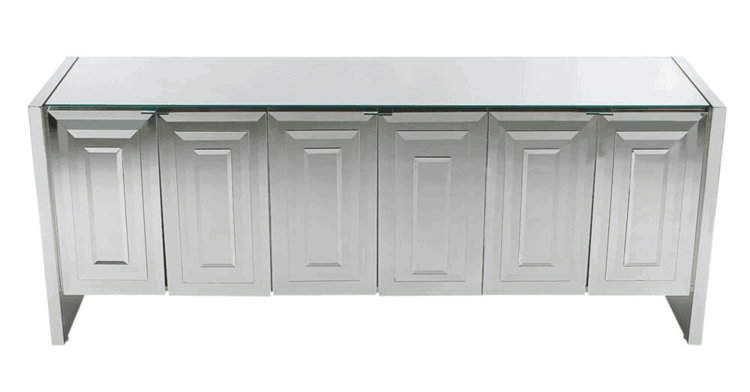
Exotic Woods
As sofas and chairs with wood inlay became more popular, designers sought rare woods for their designs. Mahogany and ebony wood furniture came fashionable, and so did other types like violet wood and amboyna burl.
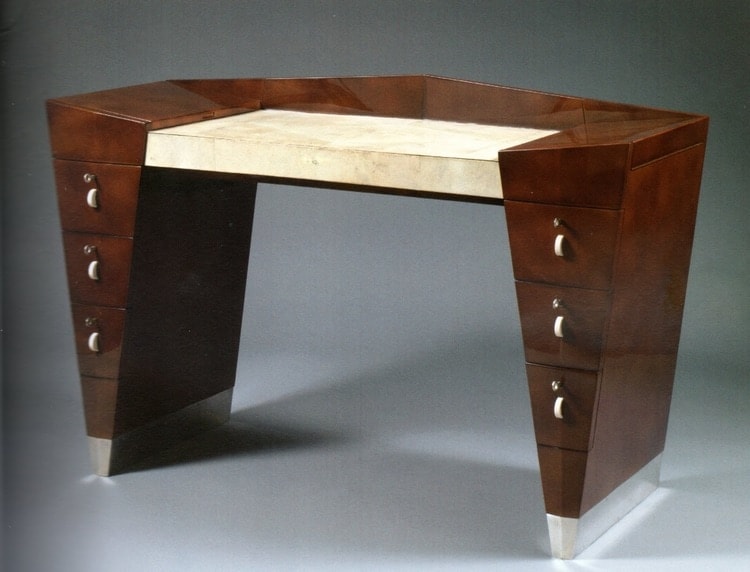
But with the economic crash at the end of the decade, designers turned to less expensive materials.
As a result, affordable woods like ash, maple, and oak became more common. To heighten its appearance, designers treated wood with high-gloss lacquer finishes. This technique is a hallmark of many Art Deco pieces.
Émile-Jacques Ruhlmann, a prominent designer, specialized in crafting wooden furniture. His pieces are some of the best examples of wooden art deco style furniture.
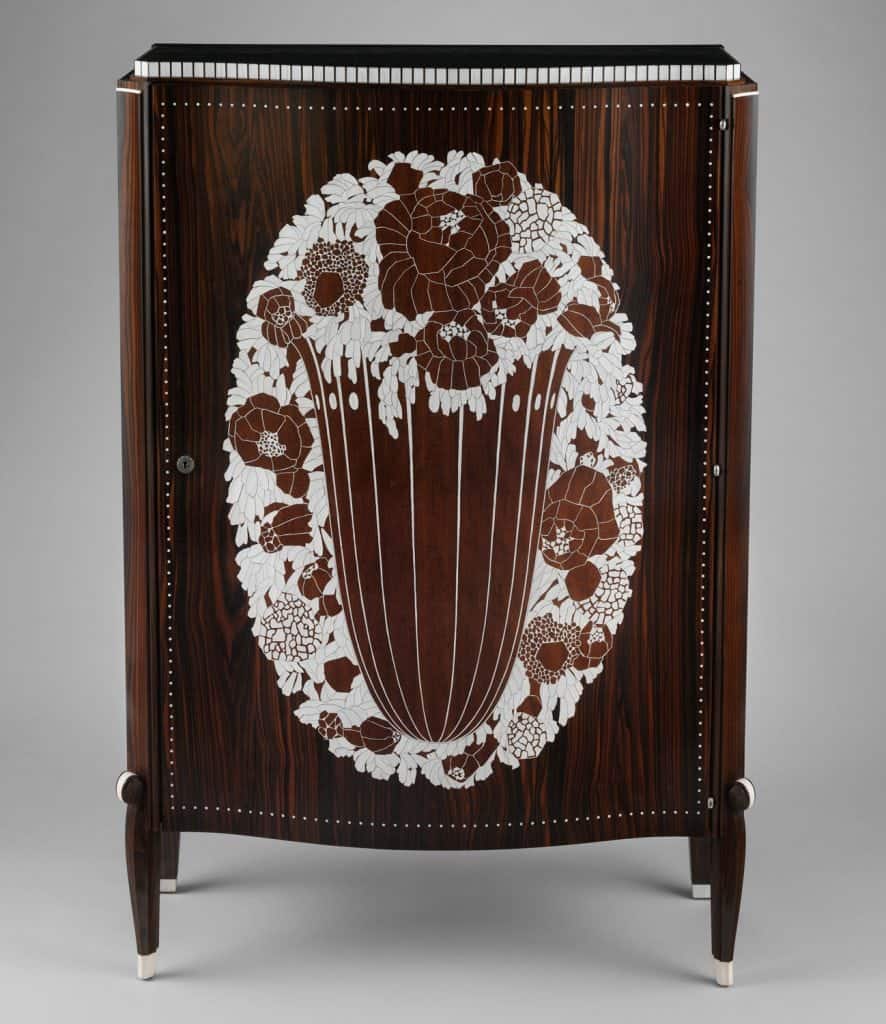
Metal
In light of technological advancements, the 1920s saw global progress in industry and manufacturing. Meanwhile, new machinery made it easier to mass-produce many products.
Naturally, the furniture imitated themes of the Machine Age as Art Deco architecture, cars, and more emerged.
This aesthetic was usually applied using metal accents and finishes and was readily producible on a large scale.
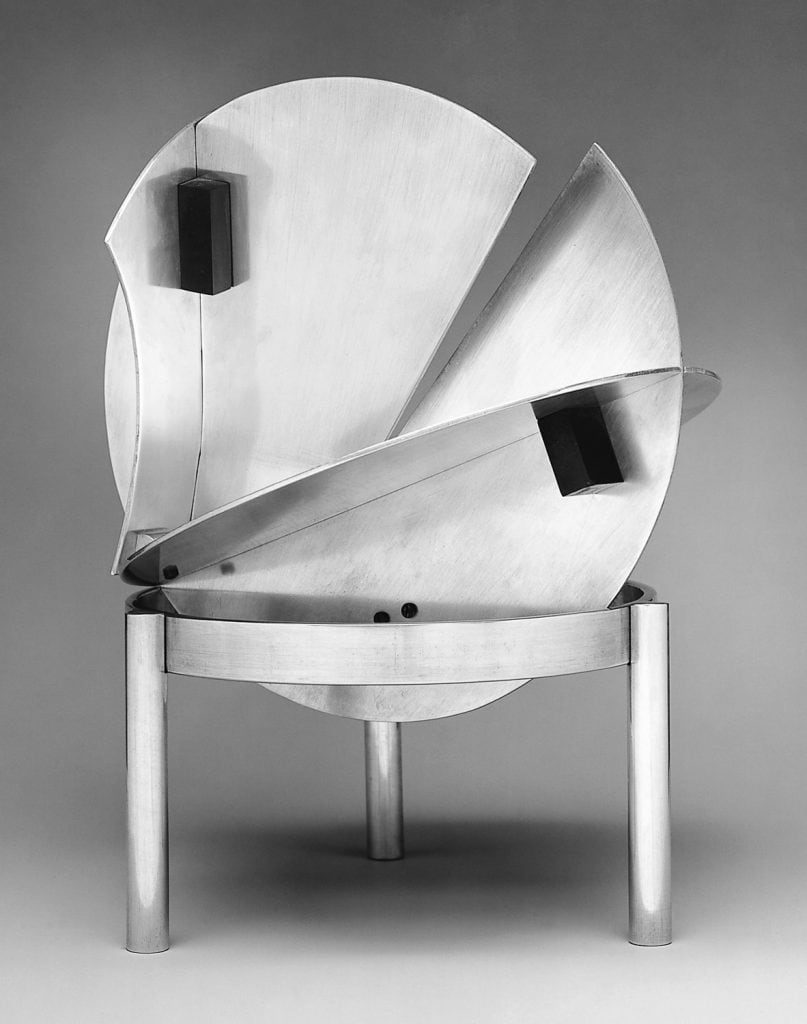
Leather
Designers often upholstered seating like sofas, ottomans, and chairs with this expensive material because leather furniture followed the decade’s opulence. However, earthy tones like black, tan, and brown balanced and complimented modern forms.
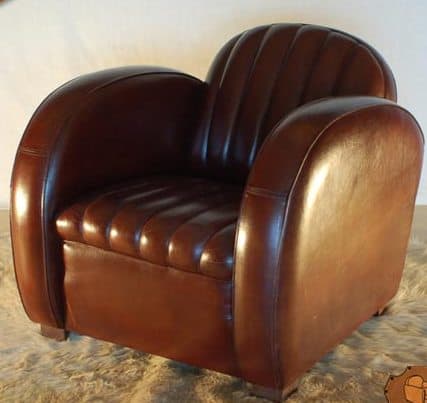
On the other hand, some dyed leathers in colors typical of the Art Deco pallet. For instance, bright reds and oranges were not uncommon as vivid colors reflected the prosperity many felt during the time.
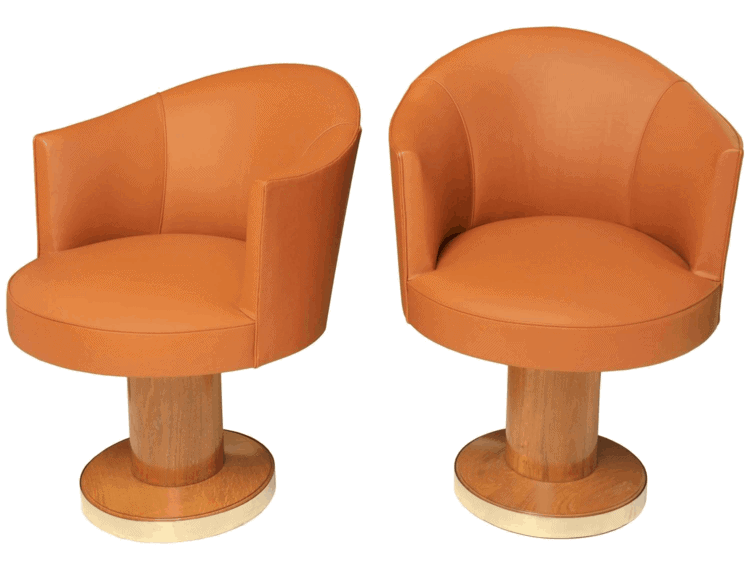
Rich Adornment
Designers often used luxurious embellishments like stones, jewels, and quartz. Also, other materials like onyx, jade, ivory, and Murano glass became favorites of designers and consumers.
Lighting, clocks, and other interior elements featured details that emulated a refined and sophisticated appearance.
Designers also applied marquetry to create geometric designs such as chevrons, sunbursts, and zig-zagging lines. These added further interest to already detailed pieces.
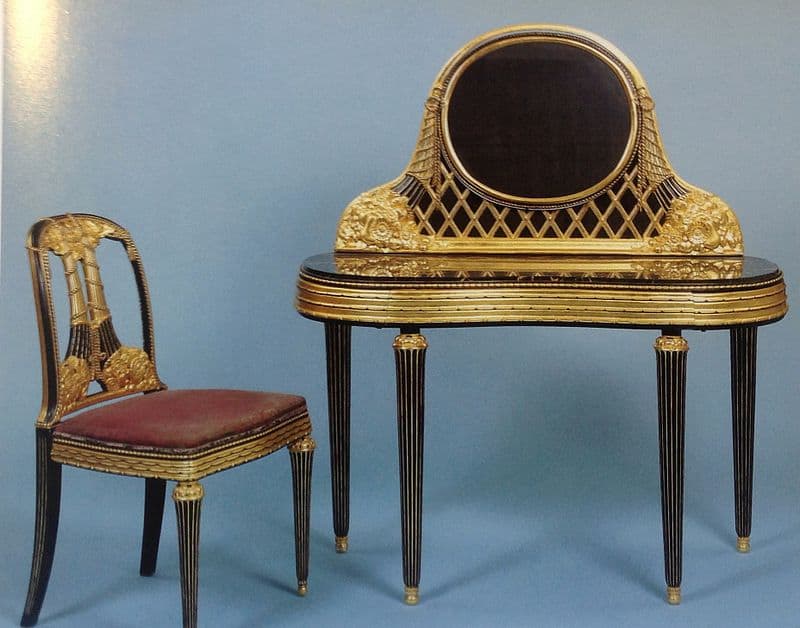
Notable Designers of Art Deco Style Furniture
Many furniture designers debuted at the International Exhibition of Modern Decorative and Industrial Arts. Although these art deco furniture designs appeared a century ago, many are timeless works of art. For this reason, this style is very fashionable, even today.
Pierre Chareau (1883-1950)
Chareau was a French architect and decorative artist whose works are best known for their complexity. His capstone work was the Maison de Verre or House of Glass.
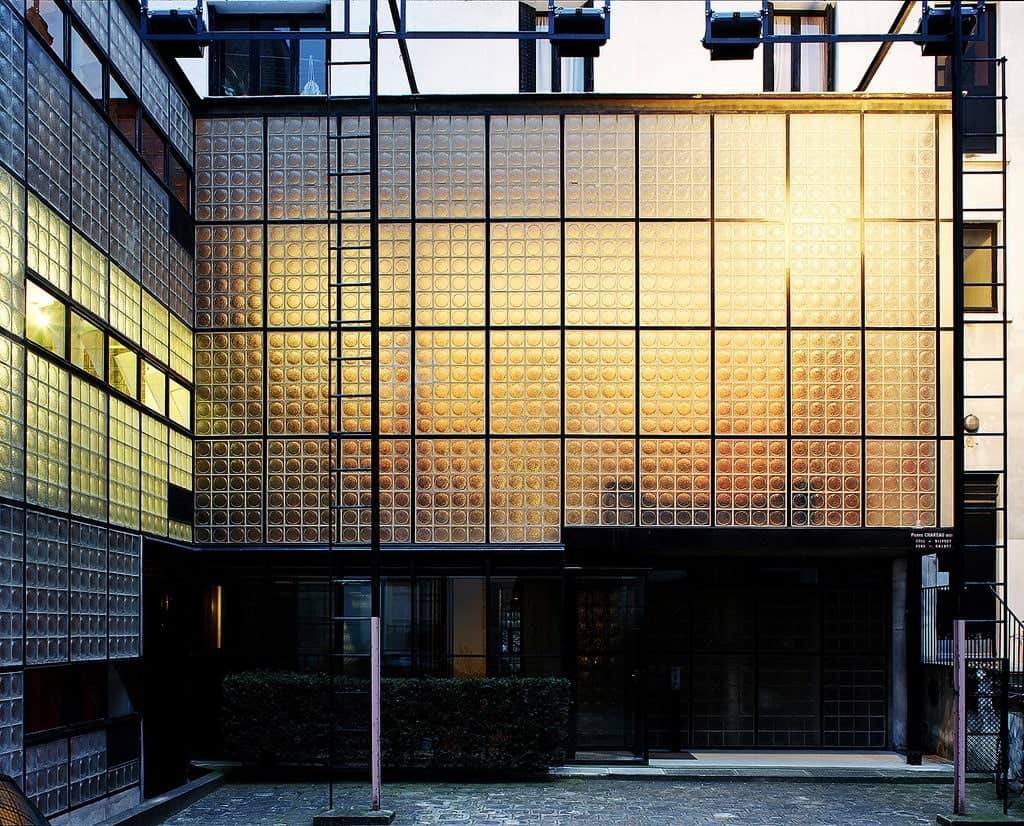
Pierre Legrain (1889-1929)
Legrain was a skillful sculptor, as well as a renowned furniture maker. During the 1925 Paris exhibition, his exhibit (the Legrain bindings) sealed his reputation as a master artist. He also frequently included African motifs in his designs.
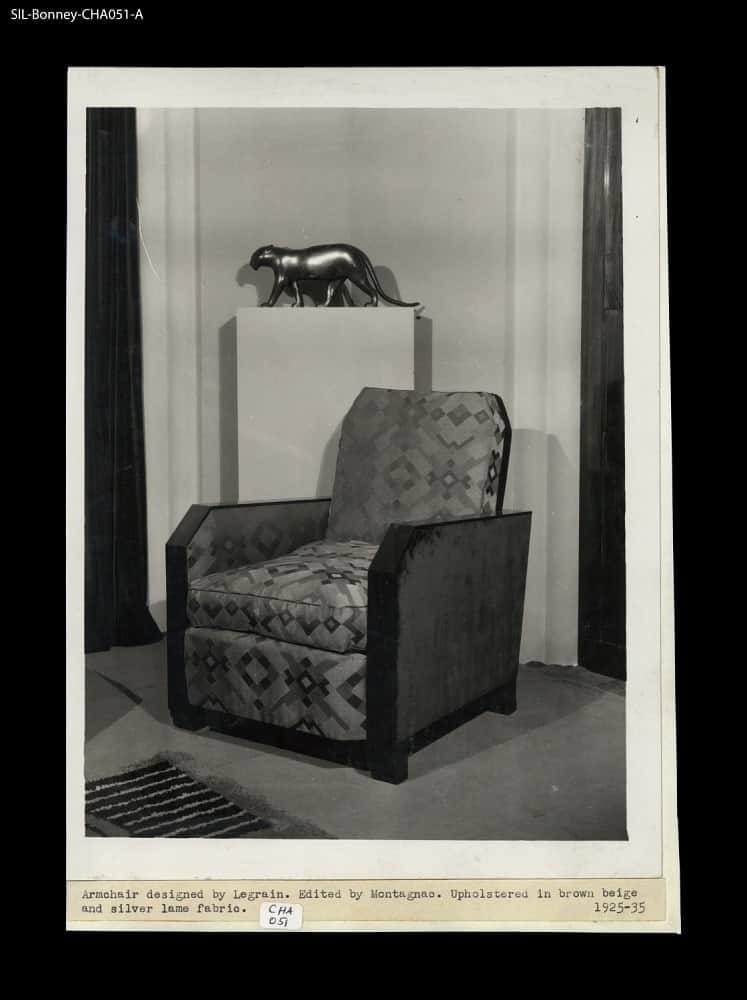
Armand Albert Rateau (1882-1938)
Perhaps the most exclusive designer of the 1920s, Rateau’s clientele consisted primarily of the extremely affluent and social elites. His most well-known works include bronze furniture and the pieces he made for Jeanne Lanvin.
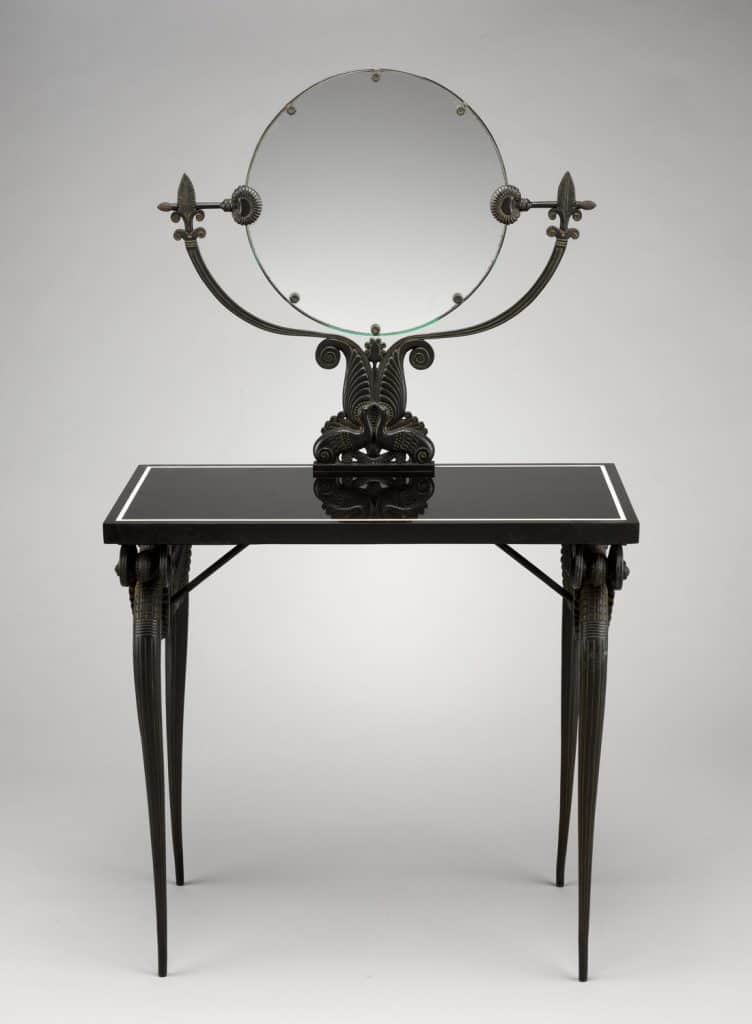
Jean Michel-Frank (1895-1941)
A career interior designer, Michel-Frank blended minimalist styles and simple lines with elegant furniture and precious materials. Shagreen, mica, and straw marquetry were a few of the lavish decorations used in his work.
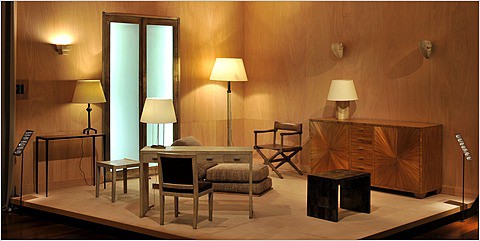
Eileen Gray (1878-1876)
Gray, an Irish architect and furniture designer is most famous for designing the Rue de Lota apartment. This work famously embodies the Art Deco aesthetic.
Perhaps her most notable designs are The Bibendum Chair and Pirogue Day Bed, which were part of the apartment. And, like Legrain, African inspired designs are a hallmark of Gray’s work.
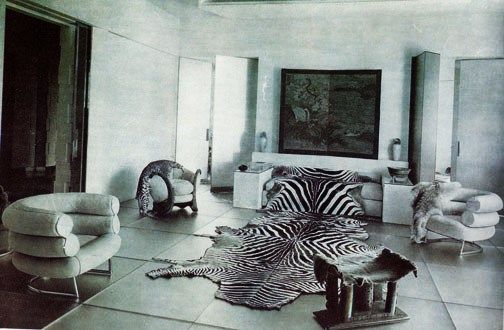
Styylish Antique Furniture
Make your home yours with timeless styles from around the world. Visit the Shop and ask us how we can help you create the perfect room.
For more antique furniture history, style ideas, and more, check out the Blog.

